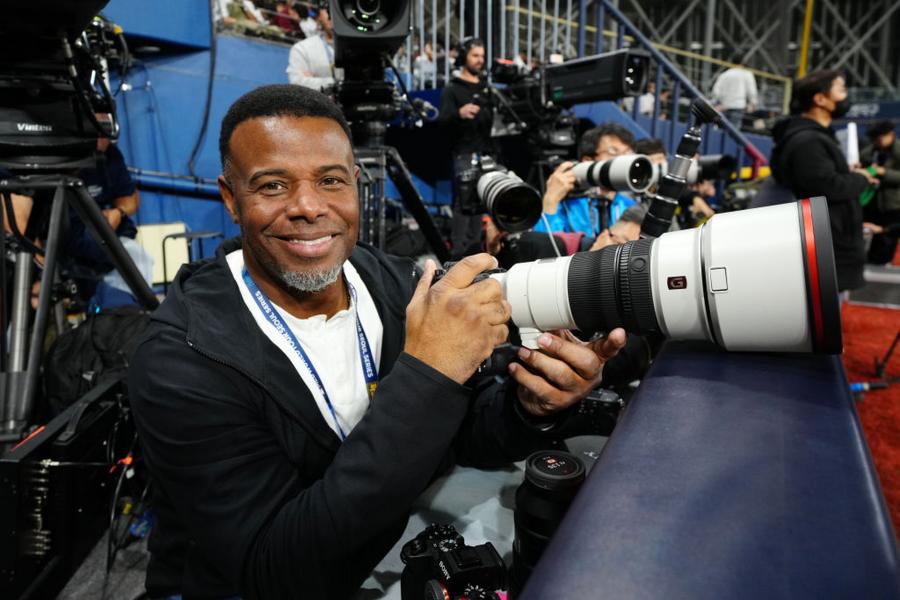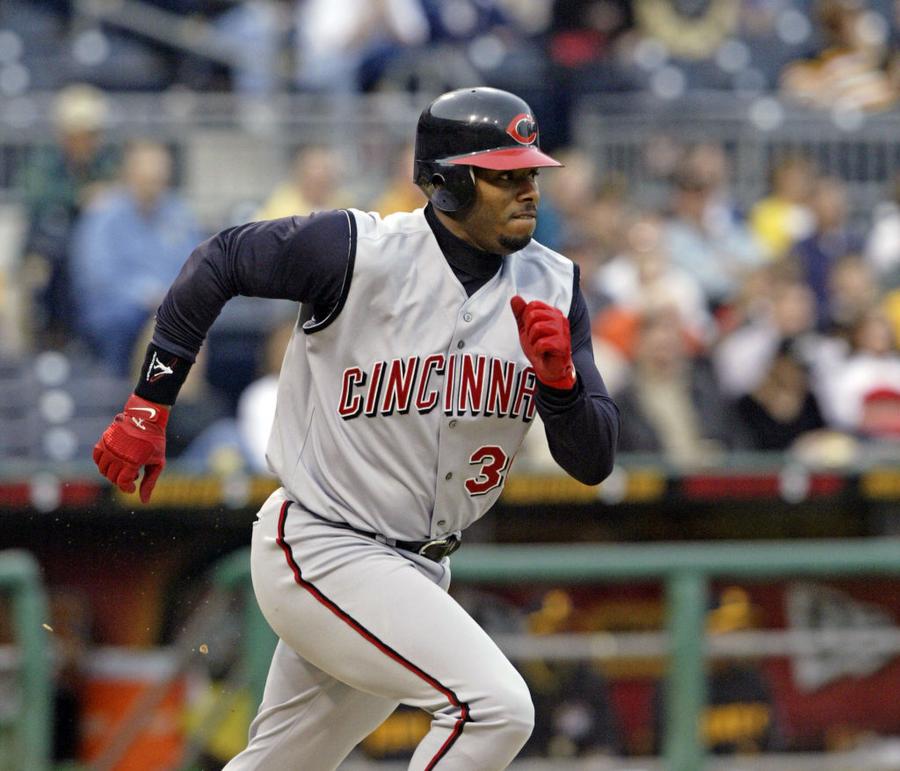In late 1999, Ken Griffey Jr. requested a trade from the Seattle Mariners to the Cincinnati Reds. After more than a decade as the face of the Mariners, the Hall of Famer wanted to be closer to his family and raise his children in his hometown of Cincinnati. The Mariners granted his wish in February 2000, sending him to the Reds in a blockbuster trade. Cincinnati, eager to lock in its hometown superstar, handed Griffey a nine-year, $112.5 million contract.
What made that deal so remarkable wasn’t just its size, but its structure. Roughly $57.5 million of Griffey’s contract was deferred, to be paid out over 16 years beginning in 2009 — one year after he left the Reds and signed with the Chicago White Sox. The agreement also included 4% annual interest, making it one of the most generous deferred payment arrangements in MLB history.
If this deal sounds like Bobby Bonilla’s famous contract, it is indeed very similar, but on a much larger scale. Bobby’s deal deferred just $5.9 million, spread out over 35 years (from 2011 to 2035). So Ken literally deferred 10X the amount of money. As a result, even 14 years after retiring from baseball, Ken Griffey Jr. was still one of the highest-paid players on the Cincinnati Reds’ payroll…
George Gojkovich/Getty Images
Cushy Endorsement Earnings
Griffey was one of the most marketable athletes of the 1990s and early 2000s, thanks to his combination of on-field brilliance, charisma, and clean-cut image. His most prominent partner was Nike, which launched the hugely successful Air Griffey Max line of sneakers—still iconic today—and featured him in a humorous presidential campaign ad (“Griffey in ’96”). He also lent his name to a popular series of Nintendo baseball video games, which further extended his brand beyond sports.
Other major endorsements included Pepsi, Upper Deck, Rawlings, and American Express. His backwards cap and easy smile were everywhere—on soda cans, trading cards, video game boxes—making him one of the few baseball players to achieve true global marketing appeal.
At his peak, Griffey earned an estimated $7–10 million per year from endorsements. Adjusted for inflation, that’s equivalent to $14–20 million per year today. Therefore, Ken didn’t exactly need the money from his MLB salary right away. And his agent, Brian Goldberg, knew it. As a result, when it came time to negotiate his blockbuster $112.5 million deal with the Reds, Goldberg realized that deferring a huge portion of the money would be a win-win for the team and his client. The team would free up a ton of salary cap space, and Ken Griffey Jr. would have a $3.59 million annuity well into retirement.
Ken played for the Reds through 2008. He returned to the Mariners in 2009, playing two final seasons before retiring in 2010. But for another 14 years, the Reds continued cutting him checks.
The Deferment Years
On July 1, 2011, Ken received his third $3.59 million deferred payment. That was enough to make him the sixth-highest player on the Reds that season. A season he watched from the comfort of his newly constructed 24,000-square-foot mansion set on 10 acres in Windermere, Florida.
For the entire deferment, Griffey would continue to be one of the highest-paid players on the Reds. Even in the last two years of the deal, 2023 and 2024, Ken still topped the Reds’ payroll.
In 2023, he was the second-highest player on the team behind only Joey Votto, who made $25 million from the Reds that season.
In 2024, the final year of the deal, Ken’s $3.59 million salary made him the fifth-highest-paid player on the team. The highest-paid player on the Reds that season was Nick Martinez, who made $14 million. Joey Votto made $7 million, which made him the team’s second-highest player… But here’s the twist: Joey Votto, the team’s second-highest-paid player in 2024, wasn’t playing either. Votto had retired in 2023, and the $7 million he received from the Reds in 2024 was a buyout—a form of deferred money. So between Votto and Griffey, the Reds paid $10.59 million in 2024 to players who weren’t on the field. That was more than the combined salaries of the team’s bottom 17 active roster players.
Retirement Side Career
So what has Ken Griffey Jr. done with his comfortable retirement years? While many former athletes settle into broadcasting or business ventures, Griffey chose something a bit more unexpected — he became a professional sports photographer.
A longtime photography enthusiast, Griffey has turned his post-baseball passion into a serious pursuit. He’s been spotted on the sidelines of NFL games, MLB ballparks, and even at the Masters, capturing action shots with a massive telephoto lens and full professional gear. Whether he’s shooting from the dugout or behind the end zone, Griffey blends in with the other photographers — except for the part where he’s a Hall of Famer snapping pictures of players who grew up idolizing him.
It’s a fitting second act for someone who spent decades in front of the camera. Now, with one of the most secure annuity deals in sports history behind him, Ken Griffey Jr. is spending his retirement doing what he loves — this time, behind the lens.

(Photo by Daniel Shirey/MLB Photos via Getty Images)
Content shared from www.celebritynetworth.com.

